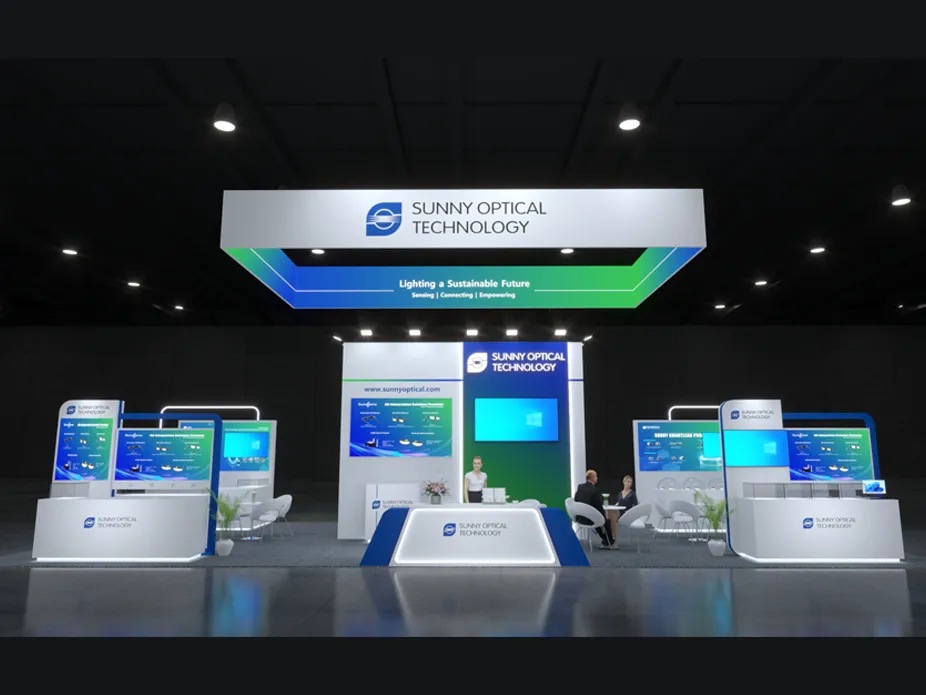The integration of Mechanical Light Detection and Ranging (LiDAR) technology into vehicles marks a significant leap forward in the evolution of autonomous driving and advanced driver assistance systems (ADAS). However, as the automotive industry embraces the potential of Mechanical LiDAR, it must navigate a landscape shaped by regulations and standards to ensure the safe and responsible deployment of this cutting-edge sensing technology. In this exploration, we delve into the critical considerations, regulations, and standards governing the use of Mechanical LiDAR in vehicles, paving the way for a harmonious coexistence of innovation and safety.
In the United States, the deployment of technologies in vehicles is regulated by the National Highway Traffic Safety Administration (NHTSA) through the Federal Motor Vehicle Safety Standards (FMVSS). As Mechanical LiDAR becomes an integral part of vehicle sensing systems, manufacturers must ensure compliance with relevant FMVSS regulations. These standards cover aspects such as crashworthiness, lighting, and performance requirements, aiming to guarantee that vehicles equipped with Mechanical LiDAR adhere to established safety benchmarks.
Beyond national regulations, the automotive industry operates on a global scale. Therefore, adhering to international safety standards is paramount for manufacturers incorporating Mechanical LiDAR into vehicles. Standards such as those established by the International Organization for Standardization (ISO) provide a framework for ensuring the safety, reliability, and interoperability of automotive technologies worldwide. Compliance with these standards fosters consistency in safety practices and facilitates the seamless integration of Mechanical LiDAR-equipped vehicles across international markets.
Given the rapid evolution of technology, regulatory bodies collaborate closely with industry stakeholders to establish guidelines that keep pace with advancements. Manufacturers of Mechanical LiDAR systems actively engage with regulatory bodies to provide insights into the technology's capabilities and address safety concerns. This collaborative approach fosters a dynamic regulatory environment that encourages innovation while maintaining a strong focus on safety standards.
Regulations for Mechanical LiDAR extend to the testing and validation of these systems in real-world scenarios. The NHTSA, for instance, emphasizes the importance of robust testing procedures to ensure the reliability and effectiveness of LiDAR technologies. Vehicle manufacturers must conduct rigorous testing, including simulations and on-road evaluations, to validate the performance of Mechanical LiDAR systems in diverse environmental conditions and driving scenarios
As vehicles become more connected and reliant on sensing technologies, cybersecurity becomes a critical aspect of regulatory frameworks. Ensuring the security of Mechanical LiDAR systems against potential cyber threats is essential to prevent unauthorized access and tampering. Regulatory bodies work alongside industry experts to establish guidelines and standards for securing these technologies, safeguarding not only the vehicles themselves but also the privacy and safety of passengers.
Another crucial consideration in the regulatory landscape is the integration of Mechanical LiDAR with existing vehicle safety systems. Harmonizing these technologies ensures that Mechanical LiDAR contributes positively to overall vehicle safety, complementing features such as anti-lock braking systems (ABS), electronic stability control (ESC), and adaptive cruise control. Regulatory frameworks encourage manufacturers to demonstrate how Mechanical LiDAR seamlessly integrates with these existing safety systems to enhance overall vehicle performance.
In addition to regulatory compliance, the development of industry standards plays a pivotal role in shaping the deployment of Mechanical LiDAR in vehicles. Organizations such as the Society of Automotive Engineers (SAE) actively contribute to the establishment of standards that address the technical aspects, performance metrics, and terminology associated with LiDAR technologies. These standards not only guide manufacturers but also promote consistency and interoperability within the automotive ecosystem.
The dynamic nature of technology requires regulatory frameworks and standards to adapt continuously. As Mechanical LiDAR evolves, regulatory bodies and standardization organizations engage in ongoing dialogue to address emerging challenges and opportunities. This adaptability ensures that the regulatory landscape remains relevant, fostering an environment where innovation can thrive while maintaining a steadfast commitment to safety and reliability.
Regulatory bodies also play a role in educating consumers about the capabilities and limitations of Mechanical LiDAR-equipped vehicles. Transparency and clear communication about how these systems operate, their intended use, and the precautions in place contribute to building public trust. Regulatory frameworks may include provisions for manufacturers to provide comprehensive information to consumers, empowering them to make informed decisions about the adoption of vehicles with Mechanical LiDAR technology.
In conclusion, the use of Mechanical LiDAR in vehicles represents a transformative step toward achieving safer and more efficient mobility. Regulatory frameworks and standards serve as crucial pillars in ensuring the responsible deployment of this technology, balancing innovation with safety considerations. As the automotive industry embraces Mechanical LiDAR, collaboration between regulatory bodies, industry stakeholders, and standardization organizations becomes paramount. By navigating the regulatory landscape thoughtfully, manufacturers can not only meet compliance requirements but also contribute to the establishment of a robust framework that promotes the continued evolution of safe and innovative mobility solutions.

【Exhibition Invitation】Visit us at CES 2026!
2025-12-10

Sunny Optical Gets Group LiDAR Standard Approved, Using Innovative Optical Solutions to Unlock Key Step in Mass Production
2025-11-25
![[Exhibition Invitation] Sunny Automotive Optech Invites You to the 26th China International Optoelectronic Exposition (CIOE 2025) [Exhibition Invitation] Sunny Automotive Optech Invites You to the 26th China International Optoelectronic Exposition (CIOE 2025)](/uploads/image/20250908/首图7.webp)
[Exhibition Invitation] Sunny Automotive Optech Invites You to the 26th China International Optoelectronic Exposition (CIOE 2025)
2025-09-08

Inquiry
Excellent Customer Service Ability
Key customer manager mechanism
Oversea supporting points
Excellent Process Control Ability
Fully automated production
DMC traceability management
VDA6.3 / IATF16949 verifications
Excellent R&D Ability
Advanced technology new product development cooperation
Cost-effective optical solution proposal based on customer needs
Ecosystem resource integration